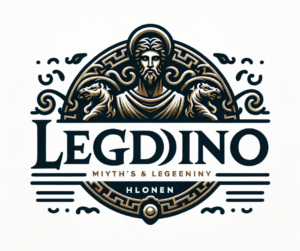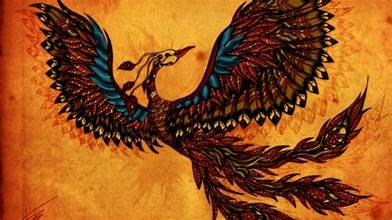The phoenix is one of the most enduring symbols in mythological history, renowned for its cycle of death and rebirth. This mythical bird, often depicted as bursting into flames and rising anew from its ashes, holds a significant place in various cultural and spiritual traditions. As we explore the phoenix mythology in 2024, it becomes evident that this ancient symbol continues to inspire and resonate in modern contexts. This article delves into the timeless symbolism of the phoenix and examines its contemporary interpretations.
The Origin of the Phoenix Mythology
The phoenix’s roots can be traced back to ancient civilizations, with the earliest known references appearing in Egyptian mythology. In these early narratives, the phoenix was associated with the sun god Ra and was believed to live for 500 to 1,000 years before self-immolating and being reborn. This cycle was seen as a representation of the sun’s daily death and rebirth.
In Greek mythology, the phoenix was described as a magnificent bird with vibrant red and gold feathers. According to legend, it lived in the Arabian desert and, when it felt its end approaching, it built a nest of aromatic spices and set it on fire. From the ashes of this conflagration, a new phoenix would arise, symbolizing eternal renewal and immortality.
Symbolism of the Phoenix
The phoenix represents several profound themes:
- Renewal and Rebirth: Central to the phoenix’s symbolism is its ability to regenerate. This cycle of destruction and creation embodies the concept of transformation, suggesting that from the end of something, new beginnings can emerge.
- Immortality and Eternal Life: The phoenix’s rebirth from its ashes signifies eternal life and immortality. It reflects the idea that life persists despite the end of its physical form, resonating with spiritual beliefs about the soul’s persistence beyond death.
- Resilience and Overcoming Adversity: The phoenix’s rise from the ashes symbolizes resilience and the ability to overcome challenges. It serves as a powerful metaphor for individuals and societies facing difficulties and emerging stronger from them.
The Phoenix in Modern Culture
In 2024, the phoenix remains a prominent symbol in various aspects of contemporary culture:
- Media and Entertainment: The phoenix frequently appears in literature, film, and television. Notable examples include the “Harry Potter” series, where the phoenix Fawkes plays a crucial role in supporting the protagonist. Similarly, in the “X-Men” franchise, the character Jean Grey transforms into the Phoenix, a powerful entity representing both destruction and creation.
- Fashion and Design: The phoenix motif is often used in fashion and design to convey themes of rebirth and transformation. Designers incorporate phoenix imagery into their collections to evoke a sense of renewal and elegance.
- Corporate and Personal Branding: Many companies and individuals adopt the phoenix as a symbol in their branding to represent innovation, revival, and resilience. It is used in logos and marketing materials to convey a message of overcoming challenges and embracing new opportunities.
- Spiritual and Self-Help Movements: The phoenix is also embraced by modern spiritual and self-help communities. It is used as a symbol of personal growth and overcoming obstacles, encouraging individuals to embrace change and transformation in their lives.
The Phoenix in Literature and Art
The phoenix has also inspired a wealth of literary and artistic works throughout history. In classical literature, poets and playwrights used the phoenix as a metaphor for various themes, including love, loss, and resurrection. For instance, Shakespeare referenced the phoenix in his plays to illustrate themes of purity and renewal.
In visual art, the phoenix is depicted in various forms, from ancient Egyptian frescoes to contemporary digital art. Artists use the phoenix to explore themes of rebirth, beauty, and the cyclical nature of existence.
The Phoenix and Environmentalism
In recent years, the phoenix has been reinterpreted in the context of environmentalism. As the world faces challenges related to climate change and environmental degradation, the phoenix symbolizes the potential for renewal and recovery. This modern interpretation encourages a hopeful outlook on environmental issues, emphasizing the possibility of positive transformation and sustainability.
The Future of Phoenix Symbolism
As we move further into 2024, the phoenix continues to captivate and inspire people across the globe. Its symbolism of renewal, resilience, and immortality offers a timeless message that remains relevant in our rapidly changing world. Whether through literature, art, personal branding, or environmental advocacy, the phoenix serves as a powerful reminder of the potential for growth and transformation in the face of adversity.
In conclusion, the phoenix mythology, with its rich history and profound symbolism, remains a vibrant and compelling symbol in contemporary culture. Its ability to evoke themes of renewal, immortality, and resilience ensures that the phoenix will continue to inspire and resonate for generations to come. As we embrace the phoenix’s message of transformation and hope, we are reminded of the enduring power of myth and its relevance in our modern lives.



















